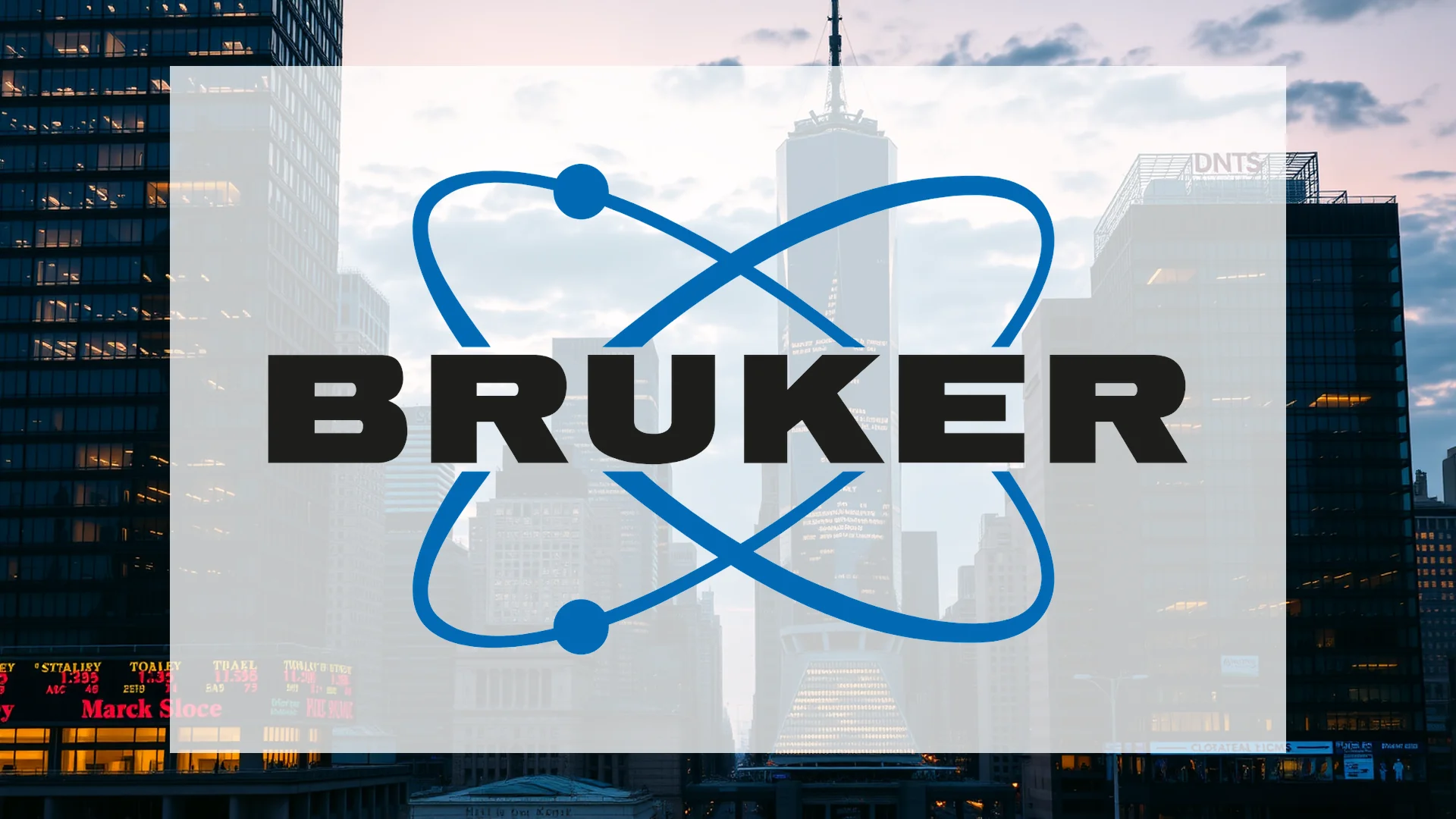Bruker Corporation finds itself at a financial inflection point following its third-quarter results, presenting investors with a complex investment case. The scientific instruments manufacturer delivered a surprising earnings beat while simultaneously downgrading its full-year guidance, creating uncertainty about the stock’s future trajectory. This contradictory performance leaves market participants questioning whether the shares can reverse their downward trend or face continued pressure.
Quarterly Performance: A Study in Contrasts
The company’s most recent quarterly figures reveal a tale of two narratives. On the positive side, Bruker’s adjusted earnings per share reached $0.45, substantially exceeding analyst projections that ranged between $0.33 and $0.34. This earnings strength, however, was counterbalanced by concerning developments elsewhere in the financial report.
Revenue experienced a modest decline to $860.5 million during the quarter, with organic sales dropping by 4.5 percent. The weakness primarily stemmed from reduced demand within academic and research sectors. Further complicating the picture, the company recorded substantial one-time charges including $119.4 million in impairment expenses and $34.5 million in restructuring costs, both of which weighed on the overall financial position.
Guidance Adjustment and Strategic Initiatives
Perhaps most concerning to investors was Bruker’s significant revision to its full-year forecast. The company now anticipates adjusted EPS for fiscal 2025 to land between $1.85 and $1.90, representing a notable decrease from the $2.41 per share achieved in 2024.
Should investors sell immediately? Or is it worth buying Bruker?
Despite these headwinds, management maintains a forward-looking perspective. CEO Frank H. Laukien emphasized the quarter’s sequential improvement, noting that “the quarterly performance was significantly better than expected and represents a substantial sequential improvement compared to the second quarter.” He highlighted particular strength in the scientific instruments segment, where book-to-bill ratios exceeded 1.0.
The company is implementing comprehensive cost-reduction programs expected to yield annual savings between $100 million and $120 million by 2026. These efficiency measures aim to enhance operational margins and potentially drive double-digit profit growth in the coming year.
Market Position and Future Prospects
Bruker shares currently trade approximately 46 percent below their yearly peak, reflecting investor skepticism about near-term recovery. The critical question facing market participants is whether current challenges represent a temporary setback or the beginning of a more prolonged downturn.
The company’s future performance may hinge on two key factors: successful execution of its cost optimization strategy and capitalizing on emerging growth areas such as spatial biology and proteomics. If Bruker can navigate these strategic priorities effectively, the stock could potentially reverse its downward trajectory. Until clearer signs of sustained recovery emerge, however, market sentiment is likely to remain cautious as evidenced by recent price action.
Ad
Bruker Stock: Buy or Sell?! New Bruker Analysis from December 19 delivers the answer:
The latest Bruker figures speak for themselves: Urgent action needed for Bruker investors. Is it worth buying or should you sell? Find out what to do now in the current free analysis from December 19.
Bruker: Buy or sell? Read more here...










